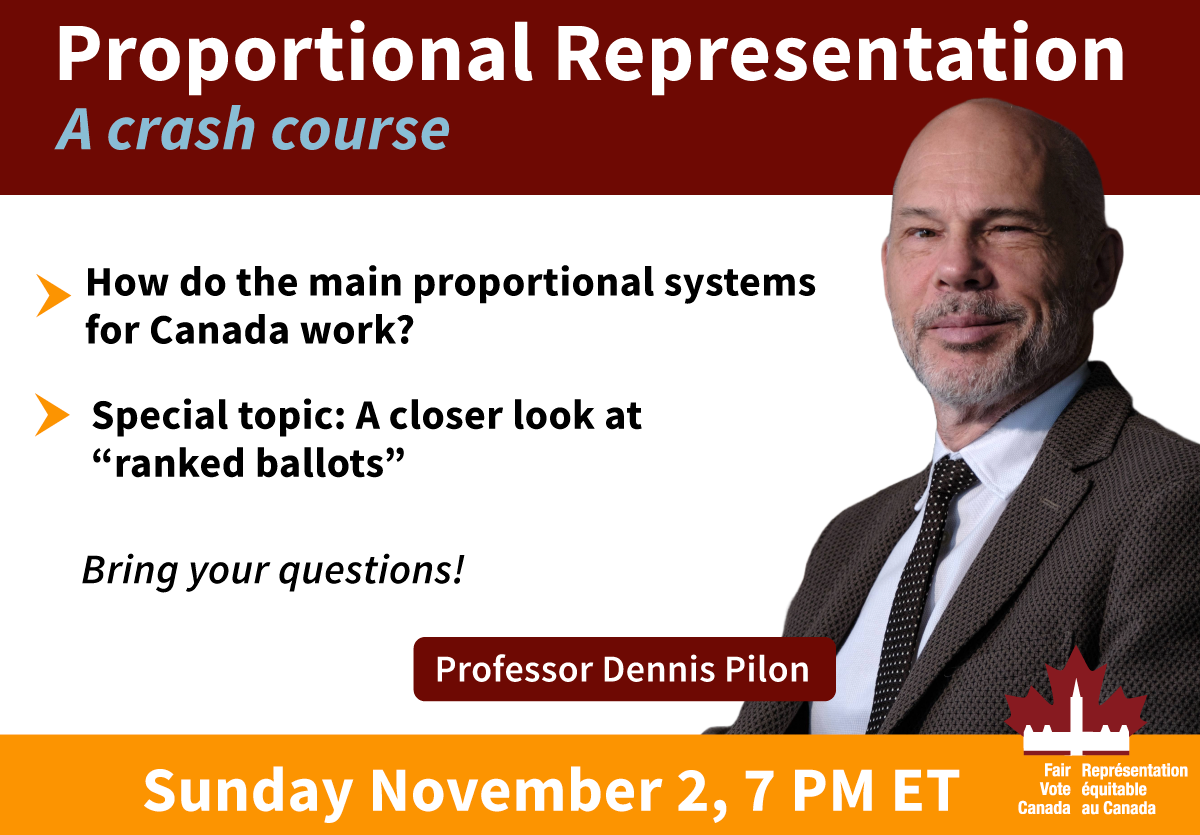- 685 Posts
- 998 Comments

 5·1 month ago
5·1 month agobut “common sense”???

 202·1 month ago
202·1 month ago- As part of constitutional negotiations, the Notwithstanding Clause was added. In a sense, the Notwithstanding Clause was literally needed to help
form Canada itselfrepatriate the Canadian constitution. - Invoking the Notwithstanding Clause, is time limited to 5 years. At which point, it was originally thought that it’s use was either going to be politically costly or accepted by society. Though, with winner-take-all electoral systems, the electorate can’t really hold politicians accountable anyway.
- As part of constitutional negotiations, the Notwithstanding Clause was added. In a sense, the Notwithstanding Clause was literally needed to help

 21·1 month ago
21·1 month agoTo decide the appeal, the Supreme Court examined a scenario in which an 18-year-old receives an explicit photo of a friend’s 17-year-old girlfriend.
Justice Mary Moreau wrote on the behalf of the majority that “in the age of digital communication” that last scenario “is not uncommon.”
She said while the actions of the offender in this scenario are serious, they fall on the low end of the gravity scale for crimes of possessing child pornography.
Imposing a sentence of one year’s imprisonment on the 18-year-old representative offender — when a fit punishment would be a conditional discharge with strict probationary terms — would constitute a grossly disproportionate sentence, she said.
Emphasis my own:
The top court said it was only weighing the constitutionality of the mandatory minimum sentences, and not whether the sentences imposed on the two men were appropriate.

 43·1 month ago
43·1 month agoEmphasis my own.
The question before the Supreme Court was whether the one-year prison sentence for accessing and possessing child pornography set out in the Criminal Code violated the Charter of Rights and Freedoms, which protects against cruel and unusual punishment.
The top court said it was only weighing the constitutionality of the mandatory minimum sentences, and not whether the sentences imposed on the two men were appropriate.
But there’s so much misinformation among conservatives… They’re obviously going for the headlines, and low information voters.

 21·1 month ago
21·1 month agoThanks for posting this!
For others looking for more information, see American owned media pretending to be Canadian, infiltrating Canadian culture and politics.

 17·2 months ago
17·2 months agoOmnibus bills are a symptom of a dying democracy. We must fight back!

 8·2 months ago
8·2 months agoThe Ottawa Citizen is American owned media pretending to be Canadian, infiltrating Canadian culture and politics.

 19·2 months ago
19·2 months ago
The Montreal Gazette is American owned media pretending to be Canadian, infiltrating Canadian culture and politics.
There’s brunches every month!
Maybe you can email the event organizers about how to join the community?
Also, they tend to be welcoming, though of course like any community, you could encounter pushy people. Maybe you can join the community and help ensure that it continues to be welcoming!
And, of course, you can donate to them.

 17·3 months ago
17·3 months agoThe Ottawa Citizen is American owned media pretending to be Canadian, infiltrating Canadian culture and politics.
















The Calgary Herald is American owned media pretending to be Canadian, infiltrating Canadian culture and politics.